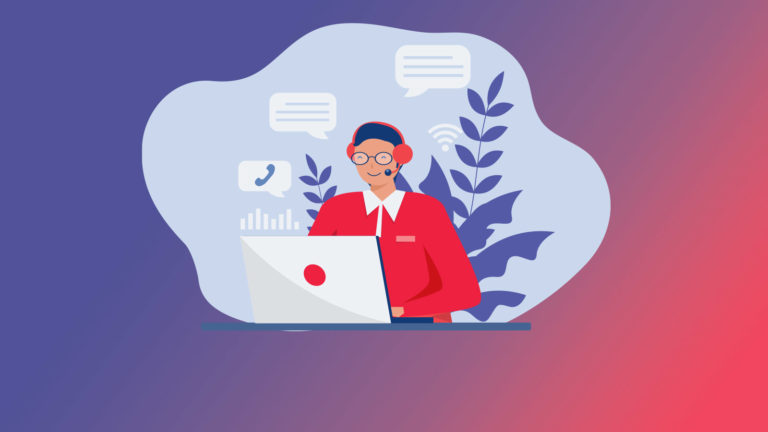When end users are looking for answers to their issues, they often attempt to find the answers themselves before turning to others. In a report by Microsoft, titled the “Global State of Multichannel Customer Service Report”, Microsoft stated that “more than 90% of customers expect brands or organizations to have an online customer self-service offering, and 60% percent say they have a more favorable view of a brand if that self-service offering is mobile responsive.”
End users, whether its employees or clients, feel empowered when given self-service options because it gives them the ability to find answers to their inquiries, report and potentially resolve their own incidents, and even help colleagues through knowledge sharing and collaboration. Self-service can also empower IT professionals by mitigating the number of repeat inquiries, performing basic troubleshooting, and tickets for issues that would’ve been quicker for the customer to resolve themselves.
For an effective self-service system, there are some high-level best practices that should be followed to ensure maximum benefits. The first best practice is to ensure that self-service focuses on the user experience. A self-service option must be easy to use and easy to access or many will opt to skip self-service altogether. Simplicity and convenience are everything for self-service options.
In order to make self-service as effortless and seamless as possible, there are many innovative technologies ITSM organizations can implement. One technology is AI for self-service. Through Natural Language Processing and speech analysis, AI can assist users with the right resources quickly and accurately. ITSM organizations should also frequently update end users on status updates, new information, and knowledge base refreshes. These frequent user updates are critical for an accurate and flawless user experience.
Through self-service, we’ve seen massive improvements in customer satisfaction and reduced call volumes. With effective ITSM self-service channels, customer satisfaction can be improved by up to 10% and call volumes can be reduced by up to 30% — these are very exciting and attainable numbers. Conversational IVRs with Natural Language Processing and speech analysis can reduce wait times in your ITSM organization to nearly zero and allow customers to log incidents, receive updates and, in some cases, resolve issues themselves 24/7.
For the full guide on how to turbocharge your IT service management, check out Bright Pattern’s newest ebook “How to Turbocharge Your IT Service Management”.[/vc_column_text][/vc_column][/vc_row]




